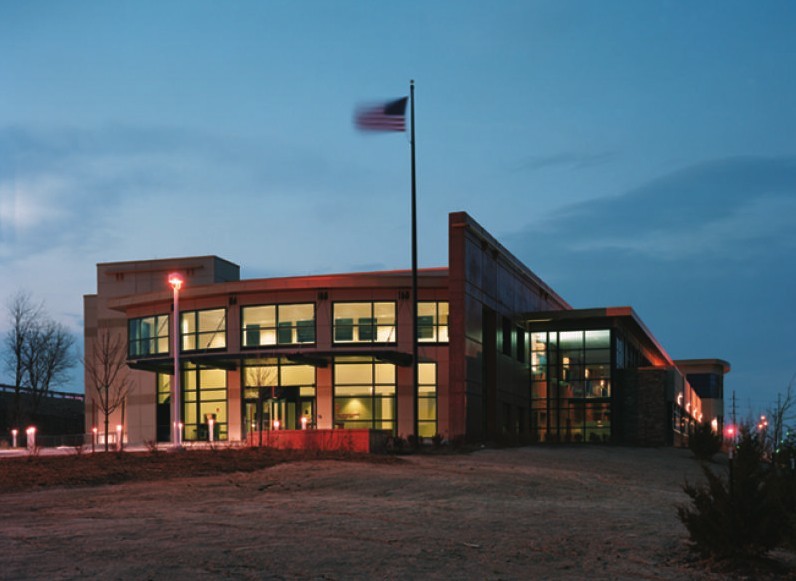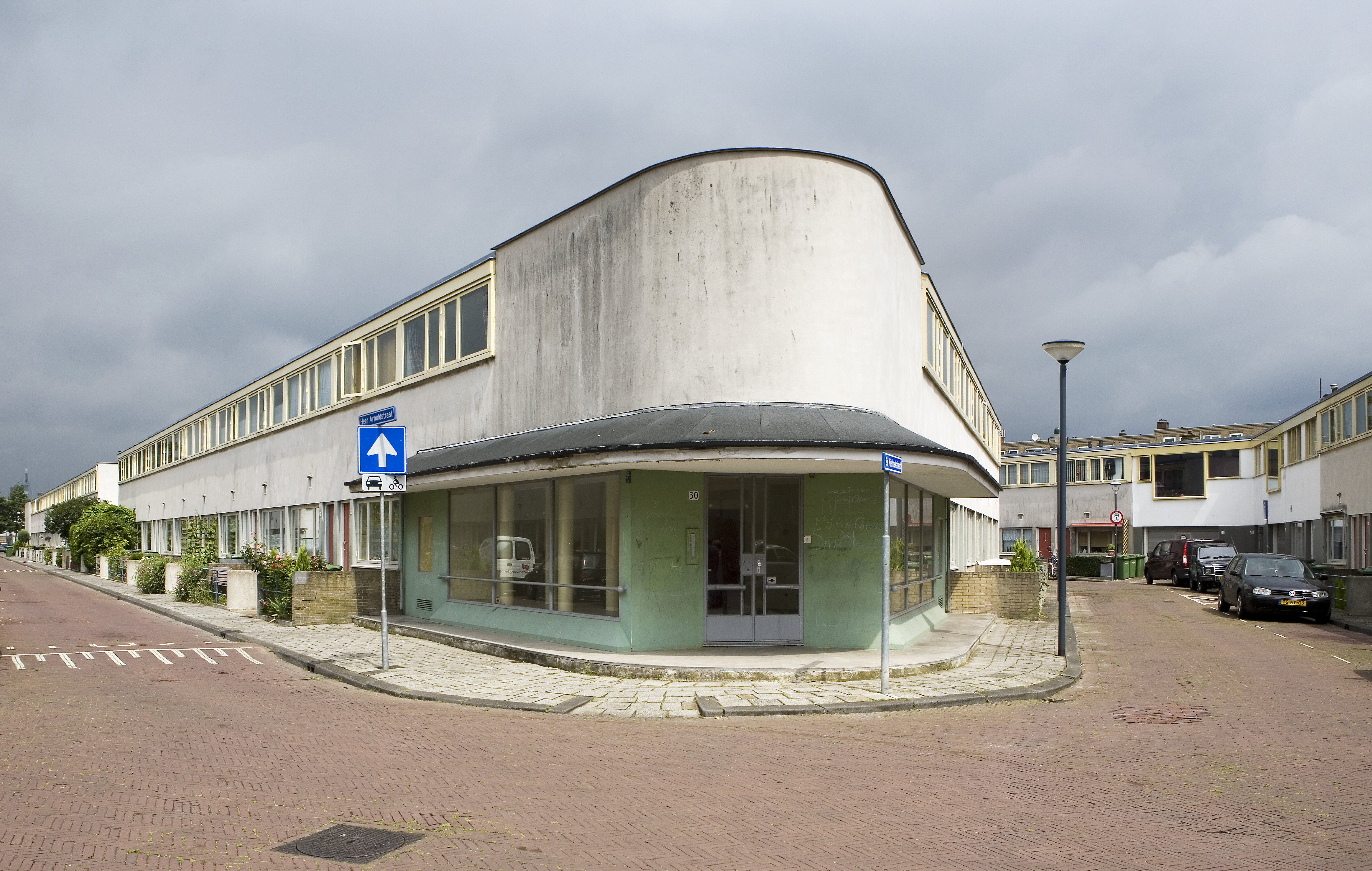|
Francisco Mañosa
Francisco "Bobby" Tronqued Mañosa (February 12, 1931 – February 20, 2019) was a Filipino architect considered one of the most influential Filipino architects of the 20th century for having pioneered the art of Philippine neovernacular architecture. His contributions to the development of Philippine architecture led to his recognition as a National Artist of the Philippines for Architecture in 2018. Although he was popularly known as the architect of the Coconut Palace, his other notable works include the EDSA Shrine, the Mary Immaculate Parish (Nature's Church) in Las Piñas, the Davao Pearl Farm, and Amanpulo resorts. Mañosa devoted his life's work to creating a Filipino identity in architecture, advocating design philosophies that harken "back to the bahay kubo and the bahay na bato,” and other traditional vernacular forms. Mañosa became known for combining these traditional forms and indigenous materials with modern building technology to create structures which h ... [...More Info...] [...Related Items...] OR: [Wikipedia] [Google] [Baidu] |
Manila
Manila, officially the City of Manila, is the Capital of the Philippines, capital and second-most populous city of the Philippines after Quezon City, with a population of 1,846,513 people in 2020. Located on the eastern shore of Manila Bay on the island of Luzon, it is classified as a Cities of the Philippines#Independent cities, highly urbanized city. With , Manila is one of the world's List of cities proper by population density, most densely populated cities proper. Manila was the first chartered city in the country, designated bPhilippine Commission Act No. 183on July 31, 1901. It became autonomous with the passage of Republic Act No. 409, "The Revised Charter of the City of Manila", on June 18, 1949. Manila is considered to be part of the world's original set of global cities because its commercial networks were the first to extend across the Pacific Ocean and connect Asia with the Hispanic America, Spanish Americas through the Manila galleon, galleon trade. This marked t ... [...More Info...] [...Related Items...] OR: [Wikipedia] [Google] [Baidu] |
Jazz Piano
Jazz piano is a collective term for the techniques pianists use when playing jazz. The piano has been an integral part of the jazz idiom since its inception, in both solo and ensemble settings. Its role is multifaceted due largely to the instrument's combined melodic and harmonic capabilities. For this reason it is an important tool of jazz musicians and composers for teaching and learning jazz theory and set arrangement, regardless of their main instrument. By extension the phrase 'jazz piano' can refer to similar techniques on any keyboard instrument. Along with the guitar, vibraphone, and other keyboard instruments, the piano is one of the instruments in a jazz combo that can play both single notes and chords rather than only single notes as does the saxophone or trumpet. Beginning A new style known as "stride" or "Harlem stride" emerged during the 1920s, predominantly in New York, United States. James P. Johnson was a prominent proponent. The left hand was used to esta ... [...More Info...] [...Related Items...] OR: [Wikipedia] [Google] [Baidu] |
Pope John Paul II
Pope John Paul II (born Karol Józef Wojtyła; 18 May 19202 April 2005) was head of the Catholic Church and sovereign of the Vatican City State from 16 October 1978 until Death and funeral of Pope John Paul II, his death in 2005. In his youth, Wojtyła dabbled in stage acting. He graduated with excellent grades from an All-boys school, all-boys high school in Wadowice, Poland, in 1938, soon after which World War II broke out. During the war, to avoid being kidnapped and sent to a Forced labour under German rule during World War II, German forced labour camp, he signed up for work in harsh conditions in a quarry. Wojtyła eventually took up acting and developed a love for the profession and participated at a local theatre. The linguistically skilled Wojtyła wanted to study Polish language, Polish at university. Encouraged by a conversation with Adam Stefan Sapieha, he decided to study theology and become a priest. Eventually, Wojtyła rose to the position of Archbishop of Kra ... [...More Info...] [...Related Items...] OR: [Wikipedia] [Google] [Baidu] |
Edifice Complex
The term "edifice complex" was coined in the 1970s to describe Philippine First Lady Imelda Marcos' practice of using publicly funded construction projects as political and election propaganda. Typically built with a Brutalist architectural style, perhaps to emphasize their grandiose character, these construction projects were funded by foreign loans, allowing the incumbent Marcos administration to create an impression of progress. The first of the crises occurred in 1970, which many economic historians consider to have triggered the socioeconomic unrest which later led Marcos to impose martial law in 1972. The expression has also been generalized outside of the context of Imelda and Ferdinand Marcos and the Philippines. Etymology The term is a play on the "Oedipus complex" of psychoanalytic theory. While earlier use of the term elsewhere in the world has been suggested, the term was independently coined by Behn Cervantes to criticise the construction of the Cultural Cen ... [...More Info...] [...Related Items...] OR: [Wikipedia] [Google] [Baidu] |
Cultural Center Of The Philippines Complex
The Cultural Center of the Philippines Complex, also known as the CCP Complex, is an Arts district, art district managed by the Cultural Center of the Philippines (CCP) located along Roxas Boulevard in Metro Manila, Philippines. It is a mixed-use cultural and tourism hub overlooking Manila Bay in south-central Manila, most of which fall under the jurisdiction of the city of Pasay. Development of the complex was stalled until 2000, when the Supreme Court of the Philippines ruled with finality the CCP's ownership of some of prime real estate in the complex. The property is of land, with the rest occupied by the Government Service Insurance System, the Bangko Sentral ng Pilipinas, and the Privatization and Management Office. It is part of Bay City, Metro Manila, Bay City (formerly Boulevard 2000) that spans of reclaimed land along Manila Bay which is occupied by the SM Prime Holdings, SM Central Business Park, Philippine National Bank's Financial Center Area, Aseana City, and P ... [...More Info...] [...Related Items...] OR: [Wikipedia] [Google] [Baidu] |
Imelda Marcos
Imelda Romualdez Marcos (; born Imelda Remedios Visitación Trinidad Romuáldez; July 2, 1929) is a Filipino politician who was First Lady of the Philippines from 1965 to 1986, wielding significant political power after her husband Ferdinand Marcos placed the country under Martial law under Ferdinand Marcos, martial law in September 1972. She is the mother of current president Bongbong Marcos. During her husband's 21-year rule, Imelda Marcos ordered the construction of many grandiose architectural projects, using public funds and "in impossibly short order" – a propaganda practice, which eventually came to be known as her "edifice complex". She and her husband Embezzlement, stole billions of Philippine peso, pesos from the Filipino people,Manapat, Ricardo (1991) Some Are Smarter than Others: The History of Marcos' Crony Capitalism. Ateneo de Manila University Press. amassing a personal fortune estimated to have been worth to by the time they were deposed in 1986; by 2018, ... [...More Info...] [...Related Items...] OR: [Wikipedia] [Google] [Baidu] |
Green Building
Green building (also known as green construction, sustainable building, or eco-friendly building) refers to both a structure and the application of processes that are environmentally responsible and resource-efficient throughout a building's life-cycle: from planning to design, construction, operation, maintenance, renovation, and demolition. This requires close cooperation of the contractor, the architects, the engineers, and the client at all project stages.Yan Ji and Stellios Plainiotis (2006): Design for Sustainability. Beijing: China Architecture and Building Press. The Green Building practice expands and complements the classical building design concerns of economy, utility, durability, and comfort. Green building also refers to saving resources to the maximum extent, including energy saving, land saving, water saving, material saving, etc., during the whole life cycle of the building, protecting the environment and reducing pollution, providing people with healthy, comfor ... [...More Info...] [...Related Items...] OR: [Wikipedia] [Google] [Baidu] |
Mandaluyong
Mandaluyong ( ; ), officially the City of Mandaluyong (, ), is a Cities of the Philippines#Legal classification, highly-urbanized city in the Metro Manila, National Capital Region of the Philippines. According to the 2020 census, it has a population of 425,758 people. Located directly east of Manila, Mandaluyong was originally a barrio of Santa Ana, Manila, Santa Ana de Sapa (now a district of Manila) called San Felipe Neri. It separated and became its own town in 1841, and later acquired the name Mandaluyong in 1931 during the History of the Philippines (1898–1946), American occupation. In 1994, it became the first municipality of Metro Manila to become a city since the metropolis' establishment in 1975. At present, it is known for the Ortigas Center, a commercial and business center that it also shares with the city of Pasig. Notable institutions and establishments in the city include the Asian Development Bank, the headquarters of Banco de Oro and San Miguel Corporation and ... [...More Info...] [...Related Items...] OR: [Wikipedia] [Google] [Baidu] |
San Miguel Corporation
San Miguel Corporation (), abbreviated as SMC, is a Philippine multinational conglomerate with headquarters in Mandaluyong, Metro Manila. The company is one of the largest and most diversified conglomerates in the Philippines. Originally founded in 1890 as a brewery, San Miguel has ventured beyond its core business, with investments in various sectors such as food and drink, finance, infrastructure, oil and energy, transportation, and real estate. Its flagship product, San Miguel Beer, is one of the best selling beers in the world. San Miguel's manufacturing operations have extended beyond its home market to areas such as Hong Kong, China, Indonesia, Vietnam, Thailand, Malaysia, and Australia. In total, its products are exported to 60 markets around the world. History In 1889, a Manila businessman, Enrique María Barretto de Ycaza y Esteban, applied for a royal grant from Spain to establish a brewery in the Philippines. He was awarded the grant for a period of twenty yea ... [...More Info...] [...Related Items...] OR: [Wikipedia] [Google] [Baidu] |
LRT Line 1 (Metro Manila)
The Light Rail Transit Line 1, commonly referred to as LRT Line 1 or LRT-1, is a state-owned (through Light Rail Transit Authority (LRTA)) but privately operated (by Light Rail Manila Corporation (LRMC)) light rapid transit system line in Metro Manila, Philippines, and as part of the Manila Light Rail Transit System. Originally referred to as Metrorail and the Yellow Line, LRT Line 1 was reclassified to be the Green Line in 2012. It travels in a general north–south direction from Dr. Santos station, Dr. Santos to , and then east–west from Monumento to Roosevelt station (LRT), Fernando Poe Jr. Currently, the line consists of 25 stations and runs on of fully elevated route. Although it has the characteristics of light rail, such as with the type of rolling stock used, it is more akin to a rapid transit system owing to its total grade separation and high passenger throughput. First envisioned in a 1977 study conducted by Hyder Consulting, Freeman Fox and Associates which sugg ... [...More Info...] [...Related Items...] OR: [Wikipedia] [Google] [Baidu] |
International Style (architecture)
The International Style is a major architectural style and movement that began in western Europe in the 1920s and dominated modern architecture until the 1970s. It is defined by strict adherence to Functionalism (architecture), functional and Form follows function, utilitarian designs and construction methods, typically expressed through minimalism. The style is characterized by Modular building, modular and Rectilinear polygon, rectilinear forms, Plane (mathematics), flat surfaces devoid of ornamentation and decoration, open and airy interiors that blend with the exterior, and the use of glass, steel, and concrete. The International Style is sometimes called rationalist architecture and the modern movement, although the former is mostly used in English to refer specifically to either Rationalism (architecture), Italian rationalism or the style that developed in 1920s Europe more broadly. In continental Europe, this and related styles are variably called Functionalism (architectu ... [...More Info...] [...Related Items...] OR: [Wikipedia] [Google] [Baidu] |
Modernist Architecture
Modern architecture, also called modernist architecture, or the modern movement, is an architectural architectural movement, movement and architectural style, style that was prominent in the 20th century, between the earlier Art Deco Architecture, Art Deco and later Postmodern architecture, postmodern movements. Modern architecture was based upon new and innovative technologies of construction (particularly the use of glass, steel, and concrete); the principle Functionalism (architecture), functionalism (i.e. that Form follows function, form should follow function); an embrace of minimalism; and a rejection of Ornament (art), ornament. According to Le Corbusier, the roots of the movement were to be found in the works of Eugène Viollet-le-Duc, while Mies van der Rohe was heavily inspired by Karl Friedrich Schinkel. The movement emerged in the first half of the 20th century and became dominant after World War II until the 1980s, when it was gradually replaced as the principal sty ... [...More Info...] [...Related Items...] OR: [Wikipedia] [Google] [Baidu] |









